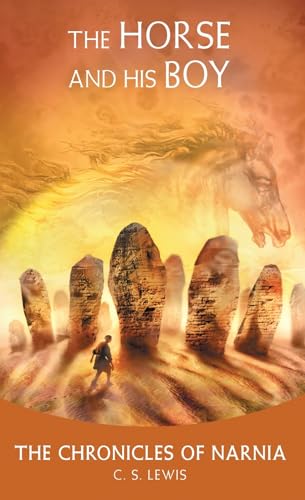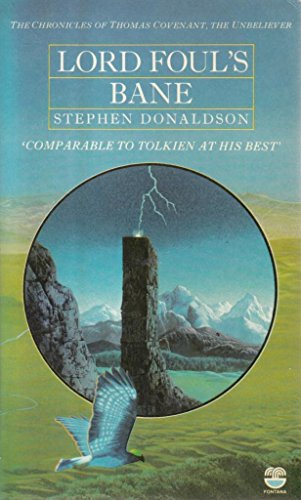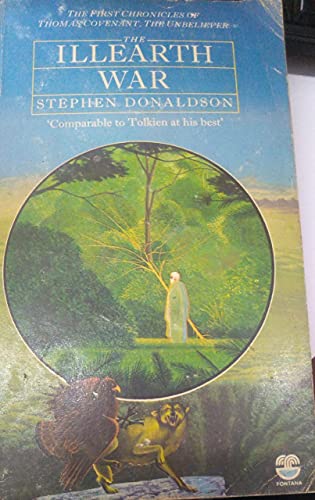The Horse and His Boy – Summary
The Horse and His Boy is a thrilling adventure set in the magical world of Narnia, though most of the action takes place in the neighbouring lands of Calormen and Archenland. The story follows Shasta, a young boy living in Calormen with a fisherman he believes to be his father. When Shasta overhears plans to sell him into slavery, he meets Bree, a talking horse from Narnia, and together they plan their escape to the free northern lands.
Their journey becomes intertwined with that of Aravis, a young Calormene noblewoman fleeing an arranged marriage, and her talking horse, Hwin. Despite initial tensions, the four form an unlikely alliance and set off on a perilous journey across the desert. Along the way, they face numerous challenges, including navigating the bustling city of Tashbaan, where Shasta is mistaken for a missing prince and becomes embroiled in political intrigue involving the Narnian monarchs.
As they continue their journey, the group uncovers a plot by the Calormene Prince Rabadash to invade Archenland and ultimately conquer Narnia. Racing against time, they must warn the Archenlanders of the impending attack. Their journey is fraught with danger, including pursuit by lions, which are later revealed to be manifestations of Aslan, the great lion and true king of Narnia.
The climax of the story sees Shasta playing a crucial role in saving Archenland from invasion, and in the process, discovering his true identity as the long-lost Prince Cor of Archenland. The narrative explores themes of identity, destiny and the nature of freedom, as Shasta grows from a timid slave boy into a courageous young prince.
Throughout their adventures, the characters face moral dilemmas and personal growth, learning valuable lessons about bravery, honesty and the consequences of their actions. The story culminates in a satisfying resolution, with Rabadash’s invasion thwarted, Shasta reunited with his true family, and the talking horses returning to their homeland of Narnia.
Key themes:
- The journey of self-discovery and finding one’s true identity
- The importance of courage and perseverance in the face of adversity
- The nature of freedom and the fight against oppression
- The power of friendship and cooperation
- The role of faith and divine guidance in one’s life
- The consequences of pride and the value of humility
Character Details
Shasta
Shasta is the primary protagonist of the story, a young boy who begins the tale as a slave in Calormen. Initially timid and unsure of himself, Shasta demonstrates remarkable courage and resourcefulness throughout his journey. His quest to find freedom and his true identity forms the core of the narrative. As the story progresses, Shasta discovers his royal heritage as Prince Cor of Archenland, showcasing a dramatic transformation from a lowly fisherman’s son to a future king. His character embodies themes of self-discovery, bravery and the triumph of good over adversity.
Bree
Bree is a talking horse from Narnia who has been enslaved in Calormen since he was a foal. Proud and somewhat vain, Bree often boasts of his Narnian heritage and superior knowledge. However, his journey north reveals his own insecurities and the need to overcome his pride. Bree’s character development is significant as he learns humility and true courage, especially in the face of danger. His relationship with Shasta evolves from that of a mentor to a true friend and equal.
Aravis
Aravis is a high-born Calormene girl fleeing an arranged marriage. Proud, intelligent and initially somewhat arrogant, Aravis brings a different perspective to the group. Her journey involves not just physical escape but also a moral and emotional transformation as she learns to value friendship and humility over social status. Aravis’s backstory and character add depth to the narrative, offering insights into Calormene culture and the challenges faced by women in that society.
Hwin
Hwin is the gentle and wise talking mare who accompanies Aravis. In contrast to Bree’s boastfulness, Hwin is modest and kind, often providing a voice of reason within the group. Her quiet courage and steadfast nature make her an essential part of the team, and her character serves as a foil to both Bree and Aravis, highlighting different aspects of bravery and wisdom.
Aslan
Though not physically present for much of the story, Aslan, the great lion, plays a crucial role in guiding and protecting the main characters. His appearances are pivotal, often coming at moments of great need or significance. Aslan embodies wisdom, power and benevolence, serving as a Christ-like figure in the Narnian world. His interactions with the characters, especially Shasta and Aravis, are transformative, teaching important lessons about faith, forgiveness and personal responsibility.
Prince Rabadash
The primary antagonist of the story, Prince Rabadash is the arrogant and violent heir to the Calormene throne. His unrequited desire for Queen Susan of Narnia drives the plot’s conflict, leading to his ill-fated invasion plan. Rabadash represents the dangers of unchecked pride, cruelty and lust for power. His character serves as a counterpoint to the heroic qualities displayed by Shasta and his companions.
Reader Fit
The Horse and His Boy is an excellent read for fans of fantasy literature, particularly those who enjoy stories with rich world-building and moral depth. It’s well-suited for readers who appreciate tales of adventure, self-discovery and coming-of-age narratives. While part of the Chronicles of Narnia series, this book can be enjoyed as a standalone story, making it accessible to newcomers to the Narnian world.
The book’s themes of courage, friendship and the struggle against injustice make it particularly appealing to young adult readers, but its layered narrative and subtle exploration of faith and morality also offer much to adult readers. Those interested in allegory and the exploration of Christian themes in literature will find depth in Lewis’s storytelling.
Readers who enjoy stories that blend elements of different cultures and explore issues of identity and belonging will find much to appreciate in the diverse cast of characters and the cultural contrasts between Calormen, Archenland and Narnia.
CEFR Classification and Learning Suitability
Estimated CEFR Level: B1 (Intermediate)
The Horse and His Boy is a classic children’s fantasy novel with clear and accessible language, suitable for intermediate learners.
- Vocabulary: The vocabulary is simple and descriptive, typical of fantasy literature aimed at younger readers.
- Grammar and Structure: Sentences are mostly simple and compound, maintaining a clear and straightforward narrative flow.
- Themes: The novel explores themes of courage, identity and adventure, presented in an engaging and easy-to-understand way.
- Dialogue and Style: Dialogue is natural and easy to follow, contributing to the novel’s magical and adventurous tone.
Recommendation:
This book is recommended for intermediate learners who enjoy classic fantasy with clear language and imaginative storytelling.
Quick Facts
- Genre: Children’s fantasy, Christian literature
- Publication Year: 1954
- Reading Time Estimate: 4-6 hours
- Notable Awards: Part of the Chronicles of Narnia series, which has received numerous accolades including being listed in the BBC’s Big Read (Top 200)
Related Books
- “The Lion, the Witch and the Wardrobe” by C. S. Lewis
- “The Magician’s Nephew” by C. S. Lewis
- “The Golden Compass” by Philip Pullman


